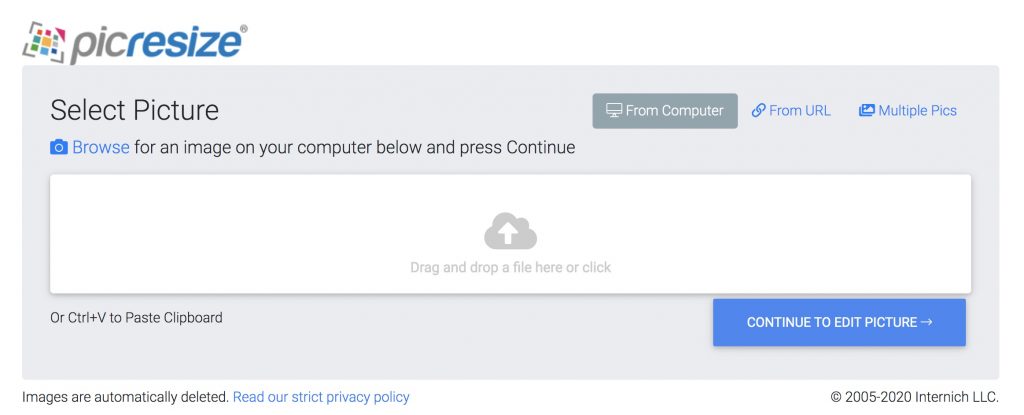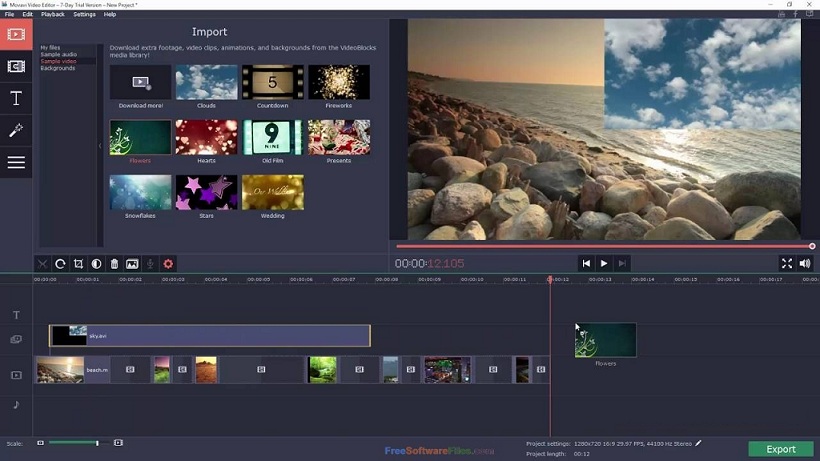


You can use either software on Windows 10 but Image Resizer is the only one that works on Windows 7 or 8. One of the returning features is the image resize tool which is based on Image Resizer for Windows from Brice Lambson. In 2019, Microsoft resurrected PowerToys as an open source project for Windows 10. Older users might remember PowerToys from the days of XP and Windows 95. Microsoft PowerToys for Windows 10 / Image Resizer for Windows Here are 10 free options to help you convert and resize multiple images locally on your own computer.ġ. We’ve previously listed 10 online services where you can upload and resize images from your web browser without installing any software but they are not meant for multiple images. It’s far easier to shrink a 10MB JPEG file down to 1MB and send or store that while only noticing a small drop in quality or not even seeing a difference at all. Shrinking your images to a lower resolution or converting them to a more size efficient format before emailing or uploading is a sensible solution. When it comes to distributing them to others, uploading to online photo albums, or just storing them on your phone, keeping huge files is a waste of time and bandwidth. Having files like this is great when you want to view them in high quality or print them out. You will get a versatile image with great quality, that you can send to anyone without taking too much time.With the size of the photo some digital cameras and smartphones can produce, it’s entirely possible for you to have images with a file size of several Megabytes each. If you have a huge photo, we recommend resizing it to about 1900 by 1100 pixels, with JPG format and 90% quality.

So if you resize your image, decreasing its width and height to a half, your image would have about the same number of pixels as the screens that will display it, and you wouldn't be losing any quality or detail, even looking at your image in full screen mode.

Photos from modern cellphones and cameras usually have over 6 million pixels, while most cellphones, tablets, notebook or TV screens have only about 1.5 million pixels, which means you end up seeing a resized version of the image (you only use the full image if you print it). Reducing image size doesn't reduce image quality, although it may lose small details. Image quality will suffer as you increase compression and start losing more data.Īnother method is to resize your photo, decreasing the pixels it takes to store the image. One way is compressing the image, which reduces file size without having to resize it.


 0 kommentar(er)
0 kommentar(er)
